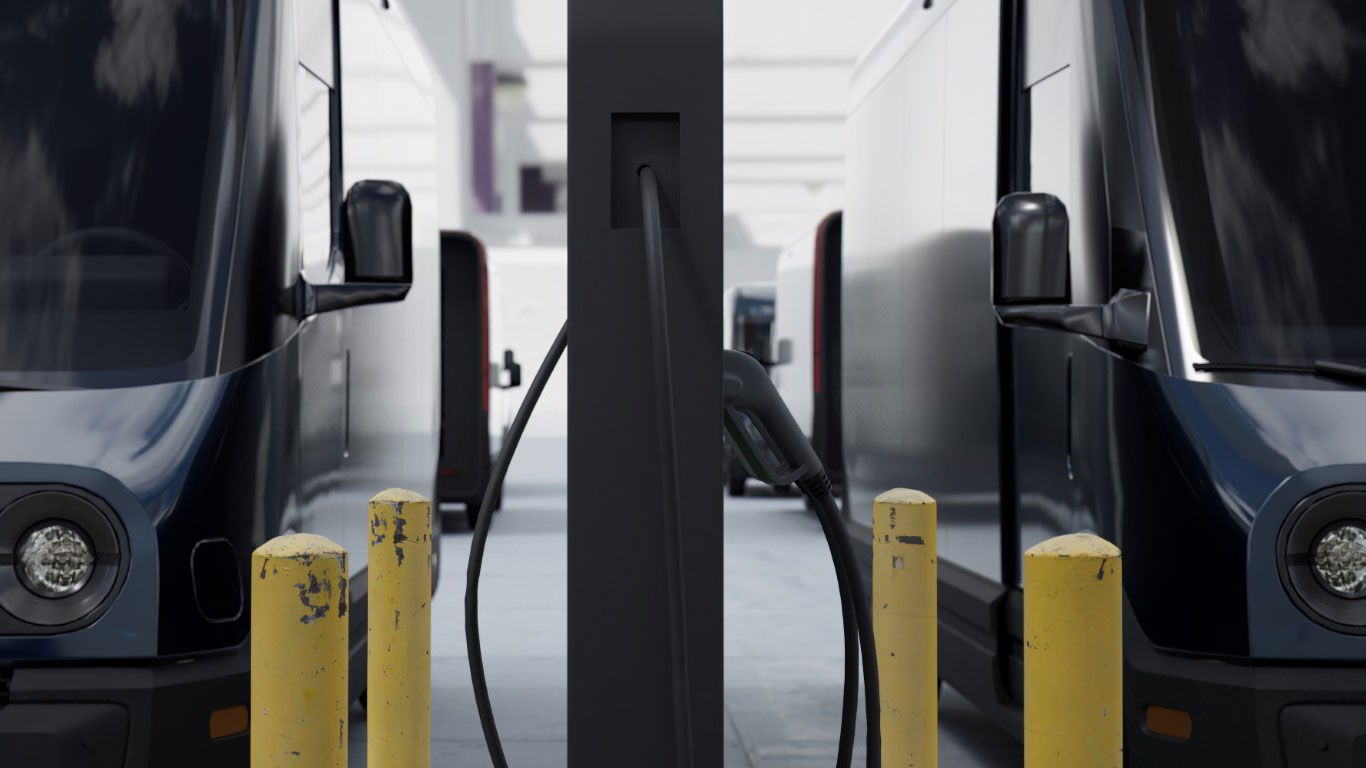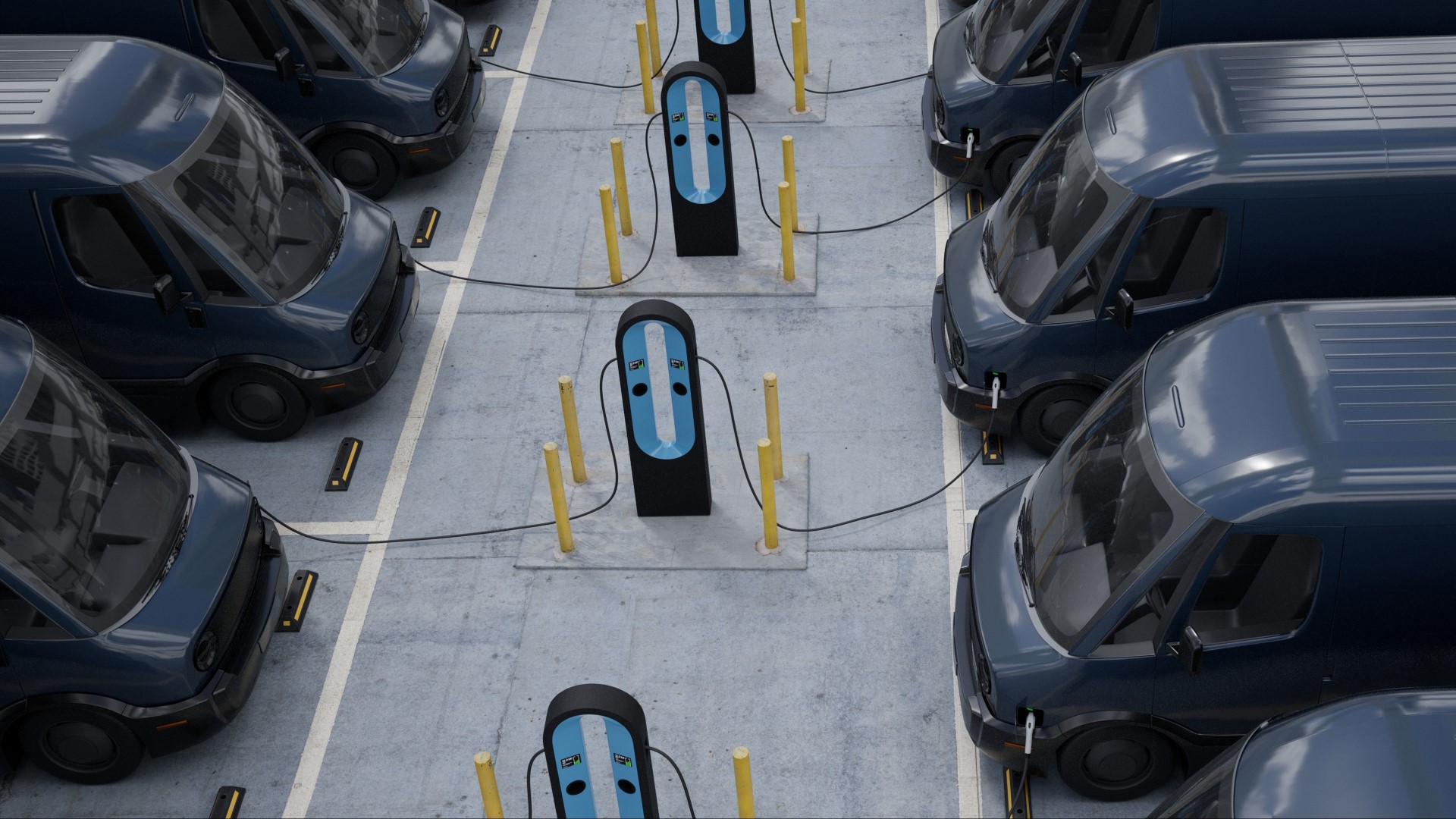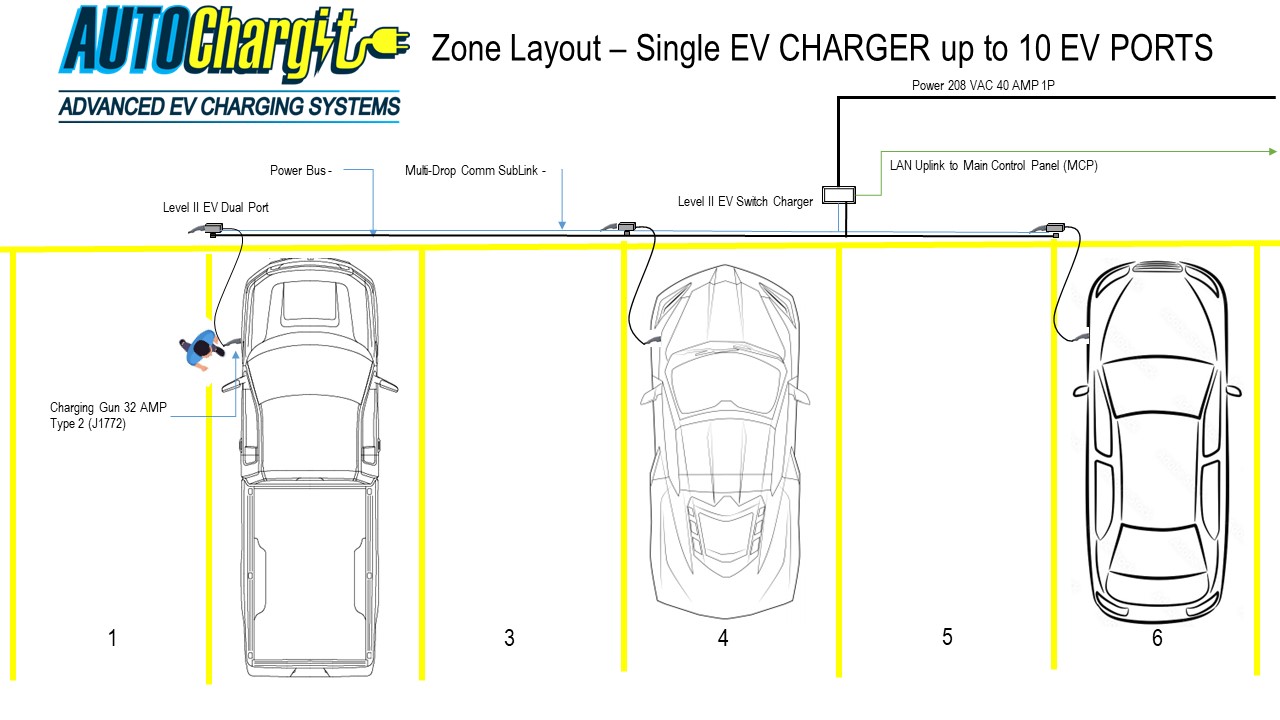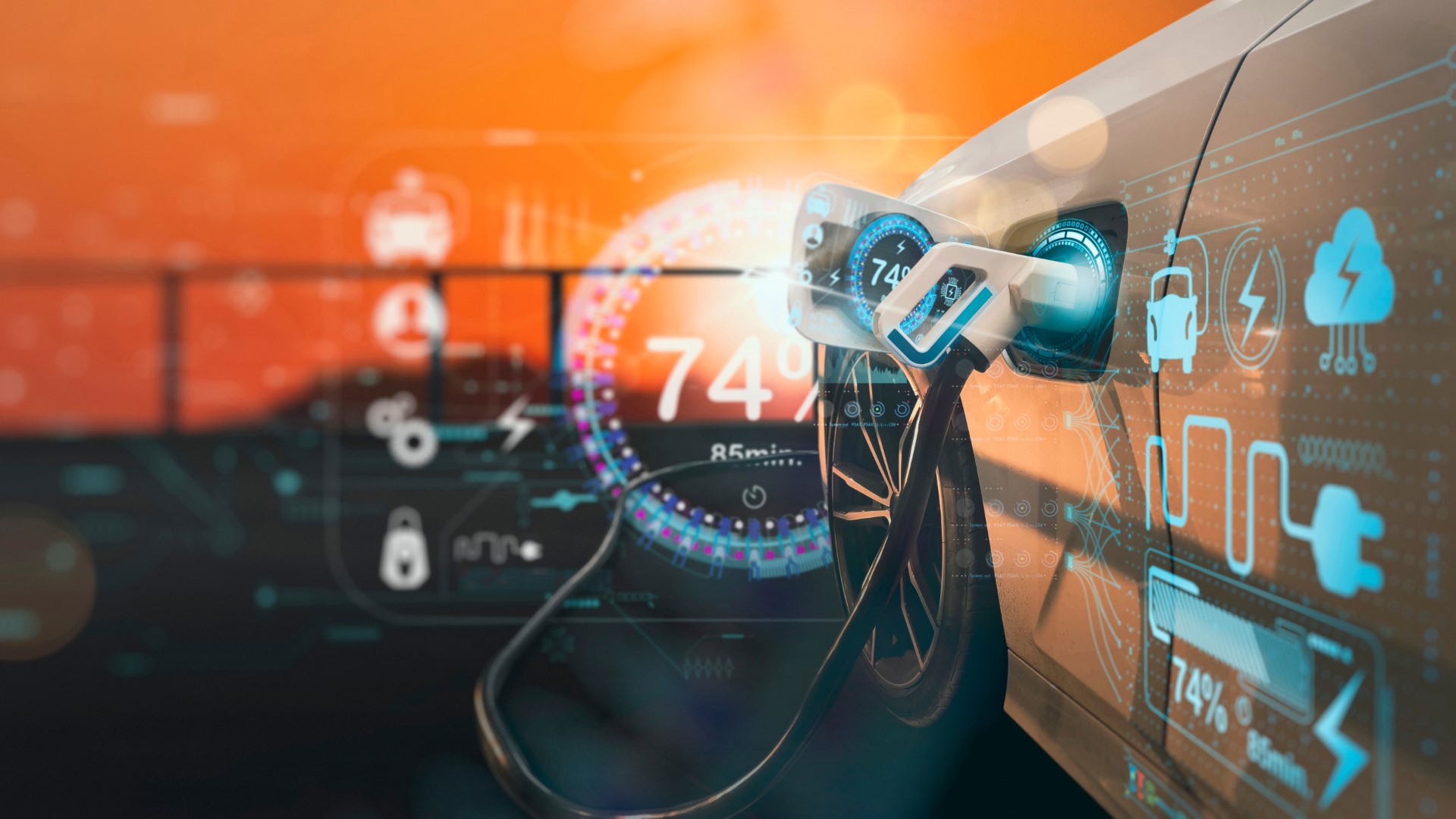Fleet

Fleet management is governed by an unspoken motto: Perform, no excuses. When your fleet of trucks, vans, or cars are not moving clients’ patience comes to a dead stop. AUTOChargit Fleet Solutions offers a holistic approach and eliminates fingers being pointed and time-wasting implementation of recovery plans.
Fleets come in all sizes, complexities, and purposes. Fortunately, the AUTOChargit Fleet Services use a scalable, modular, and open architecture.

Fleet – Charging Priorities
Time is money with fleet management this is tracked via touches and movements. AUTOChargit Fleet Solutions’ backbone is built on using Switching Chargers that allow 10 vehicles to be connected to a single switching charger at one time that automatically switches power to the next car, van, truck, or bus. This reduces unnecessary movement since the EV can remain stationary even after it is done charging.
The Switching Charger allows for a variety of ways to set the Charge Priority:
- First in First Out (FIFO) – Vehicles are charged in the order they are plugged into the Switching Charger
- Port Number – The lowest Port Number has the highest charge priority.
- Schedule Vehicle Usage – The vehicle with the shortest scheduled departure is charged first.
- Mix – Normal priority with Operator Override
- Dynamic – dynamic ordering to allow the YMS to select charging priority.
- Off Peak – The vehicle can be charged only after the drop in peak electricity rates.
- Custom – The AUTOChargit Switching Chargers can be configured based on a site-specific rule set.
AUTOChargit Fleet Solutions’ cloud-based software feeds your YMS with real-time data to impact your decision-making from vehicle availability, re-directing your precious human capital, and early notification of EVs not charging properly.
Different Zone – Different Charge Priorities
A single stationary AUTOChargit Switching Charger has up to 10 ports. Therefore, a Charging Zone (or Zone for short) is defined as a collection of one switching charger and up to 10 ports. Each Zone then has a set of characteristics that are defined at the time of installation:
- Physical Location
- Type of Switching Charger
- Level I
- Level II
- Level III (DC Fast)
- Trickle
- Number of Ports
- Port Type
- Pedestal / Wall mount
- Single Connector /Dual Connector
- Port Orientation
- End to End
- Side to Side
- Cluster
- Mix
- Custom
- EV Connector Types
- Charging Priority Schema

Each Zone can be configured to follow a different Charging Priority. This allows the site to accommodate all the needs of the Fleet throughout the Fleet’s life cycle.
- Routine EVs – Occupy Standard Zones.
- QuickTurn EVs – Directed to a Quick Charge Zone that is equipped with a DC Fast Charger and fewer ports.
- Maintenance Required EVs – Are dropped off to a Trickle Zone to keep the battery charged while waiting for service.
Automatic Top-Off
Extended Stays Should Not Create Extended Delays
Currently, EV battery life drains at about 3% per day, so if a fleet EV remains stationary for longer than anticipated, the weather takes a wrong turn, or a fleet vehicle is reassigned, the AUTOChargit System is smart enough to track these changes and re-queue the EV for charging.

Mobile Services for Fleet Management
Do not underestimate the resourcefulness of AUTOChargit Mobile. Despite the best intentions, there remains the possibility an EV is not able to connect to EVCS. No problem. AUTOChargit Mobile can deliver power wherever it is needed.
Inventory – EV Charging Solutions
An EV’s batteries drain over time. The established reality is that every EV in your fleet when sitting idle slowly loses power at about 3% on a good day and more when the environment becomes part of the equation. This critical piece of information is vital when trying to manage a fleet of vehicles that are either secured inventory or part of a company’s service backbone.
This fundamental information is part of the AUTOChargit DNA so that every connected EV to the AUTOChargit System is tracked for battery life, timestamped for accuracy, and ubiquitously formatted to allow a host of applications to earmark the next step.
Highly distributed, heterogeneous systems live in a market where reliable and timely information is the only currency necessary to protect margins, expand human capacity, and maximize capital investments.

Shift – EV Charging Solutions
Time to recharge the batteries is no longer a euphemism when your Fleet has EVs.
New to EVs as part of your Fleet and you need to know to get started?
Simple. Call us and we will complete a site evaluation and a conceptual layout. We can then walk you through the entire turn-key process to help make the difficult trade-offs based on our empirical data and trusted experience.
When to expand EV capacity?
AUTOChargit Fleet collects data so you can use that data to make informed decisions on when to add more capacity.
Can I get a centralized view of the status of each EV?
Yes. We concentrate the data to zoom in for individual information on a single EV or zoom out to see your entire landscape.